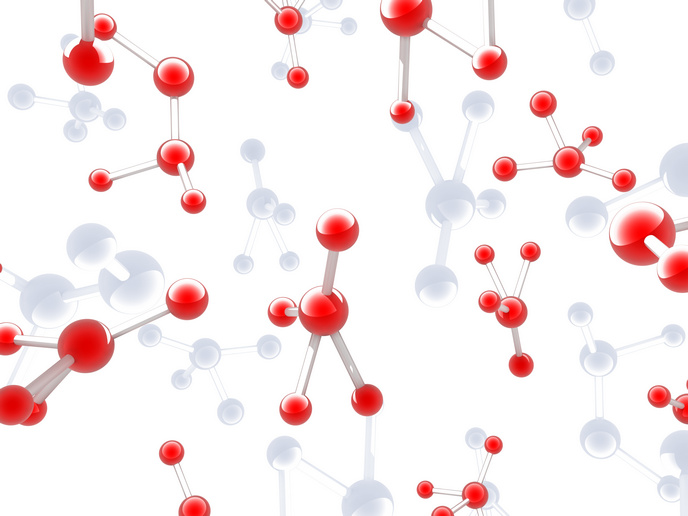Crystal ball for nanoparticle toxicology
The growing prevalence of engineered nanoparticles (NPs) is raising public and regulatory concern about the effects of their exposure on humans and the environment. As experimental toxicological testing requires animals, rendering it expensive and time consuming. There is a preference for in silico methods to reduce animal testing. A European consortium worked on overcoming hurdles that prevent the development of accurate and effective computational models with EU support of the project PRENANOTOX (Predictive toxicology of engineered nanoparticles). They focused on building a platform for predictive nanotoxicology. Researchers employed cutting-edge information extraction tools on a comprehensive set of peer-reviewed scientific articles. Impressively, 85 % of the information filtered was relevant. Automatic figure analysis of bar charts demonstrated good detection of outputs. However, full validation was not possible as benchmarks are yet to be established in this field. The PRENANOTOX team studied nanomaterials of different size, shape, orientation as well as membrane properties. They also studied NP adsorption and wrapping by the cell membrane using a continuum membrane model to determine the factors causing cell damage. This permitted the systematic characterisation of NPs and NP-membrane adhesion mechanisms. Study outcomes provided several novel insights on NP characteristics that will aid in the development of quantitative structure-activity, structure-property and nanostructure-activity relationship models (QSAR, QSPR and QNAR, respectively). For instance, silica NPs below 45 nm were found to be cytotoxic unlike those in the size range 45 - 500 nm. Except for macrophages, the positively charged NPs were more cytotoxic than the negatively charged ones. The success of the project is evident with the publication of 19 peer reviewed articles and 45 presentations at conferences and meetings. PRENANOTOX contributed significantly to the field of nanotoxicology with their cell-line–oriented database of nanomaterials coupled with their cytotoxicity profile and novel QSAR/QSPR and QNAR based toxicity models. They also employed and recommended the freely available CORAL software for future QSPR/QSAR model building. These developments should aid in engineering the design of safe NPs for wide-ranging applications that include biomedicine.
Keywords
Nanoparticle, toxicology, PRENANOTOX, QSAR, QSPR, QNAR, database







